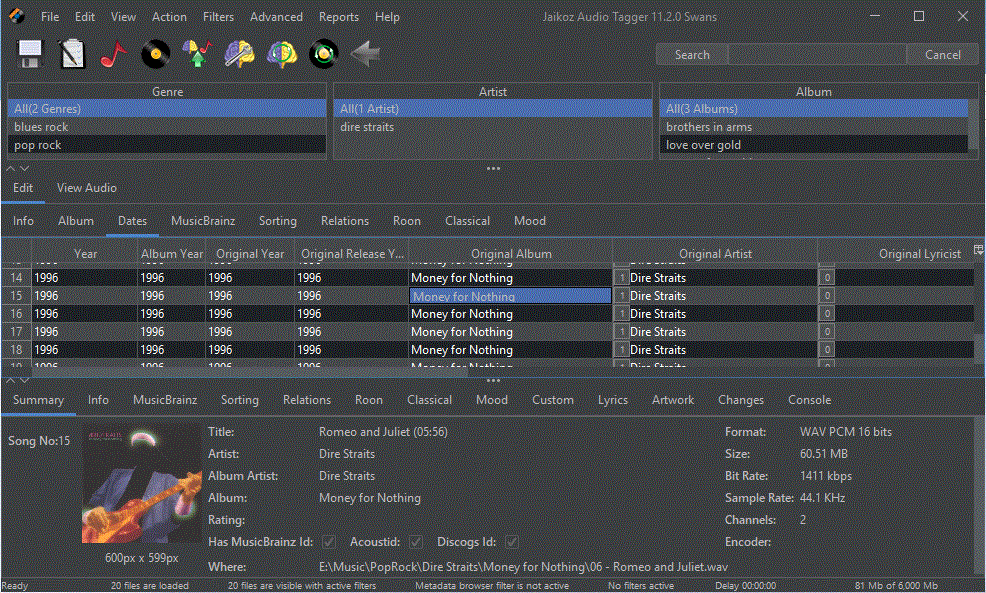


Then replacement rules are applied that may change these tags on the basis of a simple suffix analysis. The guesser starts by assigning tag NNP to unknown capitialized words, and NN to others. In the seconds step, words not in the lexicon are handled separately, by the guesser. The lexicon has been generated from tagged corpora and contains more than 93,000 entries. Here is the single rule responsible for this: In the first step, a lexical lookup module assigns exactly one tag to each occurrence of a word (usually the most frequent tag for that wordform), disregarding context. It turns out that wonderful things can be achieved: not only part-of-speech tagging and chunking, but also word sense disambiguation, dialogue act tagging, morpheme-phoneme conversion, etc. A reader wanting to really explore what this paradigm has to offer should consult my Transformation-Based Learning bibliography. On the other hand, a reader wanting to know even more should read (Brill 1995) and (Ramshaw and Marcus 1995). A reader only interested in using a part-of-speech tagger or noun-phrase parser could probably skip this part. These systems generate rules with a different syntax, but the conversions are straightforward and can be done automatically.Ī short description of how a Brill tagger/chunker works follows. To train your own taggers, see for example my µ-TBL system or the fnTBL toolkit. This package does not (yet) include a transformation-based learner. At least this is the result that Ramshaw and Marcus (1995) claim for this kind of chunker. Injected with more rules it can be expected to land just above 93%. The accuracy of the chunker is probably around 91-92 percent. 95-97% of the word tokens in arbitrary English text receive the correct tag). The accuracy of the part-of-speech tagger should be around 95-97% (i.e.
Free mp3 tagger for mac os x how to#
The package includes two examples which show how to build a part-of-speech tagger for English, as well as a combined part-of-speech tagger and noun-phrase chunker, also for English. In particular, a derived class is expected to contain (or import) the rules by means of which the tagger will be operating and thus it encapsulates everything which is specific to a particular language and application. The tagger is an abstract class (in the sense that it does not define all the methods that it calls) and you will need to subclass it in order to do something useful. This is an implementation in pure Oz of a Brill-style rule-based tagger (Brill 1995). X-ozlib://lager/tb-tagger/chunk.exe requires x-ozlib://lager/sentence-splitter/SentenceSplitter.ozf x-ozlib://lager/simple-tokenizer/EnglishTokenizer.ozf

Provides x-ozlib://lager/tb-tagger/Tagger.ozf x-ozlib://lager/tb-tagger/EnglishTagger.ozf x-ozlib://lager/tb-tagger/EnglishTaggerAndChunker.ozf


 0 kommentar(er)
0 kommentar(er)
